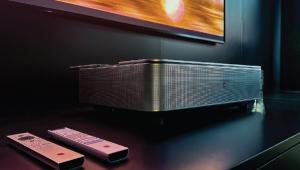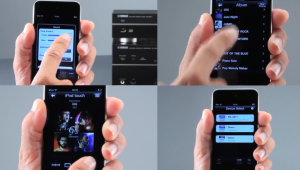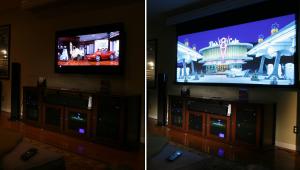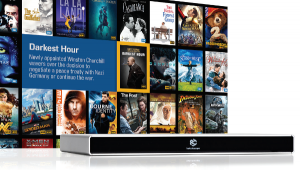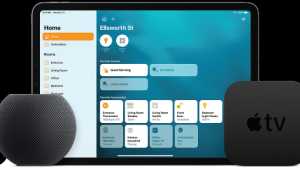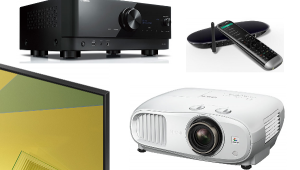How to Prepare for Your Next Big A/V Purchase

While I deal with people at my custom installation business who are looking to make major technology investments, sometimes exceeding six figures, the roles aren’t often reversed, and I’m the one looking to make the spend on something I really don’t know much about.
Going through the car buying process, I saw a lot of parallels between my experience as the buyer collaborating with a salesman and trying to understand my options. And it is a similar experience that many of you likely have or will go through on a big tech purchase, especially if it’s been a few years since your last upgrade.
I went into this buying process like many people who are looking to make a major home technology investment, be that a home theater, whole-house music system, or some smart home automation. I was semi-informed, had an estimate of my budget, and a decent idea of what I wanted.
With that in mind, here are three tips to help you prepare for your next major upgrade!
Educate Yourself
It is understood that you should try to educate yourself ahead of time to begin the shopping process with at least some basic knowledge. Read reviews — both professional and end-user — and look over specs to familiarize yourself with a product’s basic performance along with its high and low points. Get an understanding of the key features and options available so you can choose things that are best for you.
With some products, like TVs or receivers, the number of choices and features can be overwhelming. And while the entry model may not serve most people, they usually don’t need the flagship either. With the car, I wanted every bell-and-whistle, but couldn’t afford the top trim, so finding which make and model offered the features and options I most wanted worked best for me. Likewise, you might not need a 9- or 11-channel receiver but you might find that those models offer step-up features over basic models that you do want, like better room correction or multiroom functionality.

I’m old school and prefer browsing an physical book where I can examine and compare features and look at pretty color pictures, but only two of the car companies had that classic “book” that showed all the models, trims, and options. Similarly, the days of physical literature for A/V gear are mostly over; very few electronics manufacturers still produce literature. So, plan on visiting company websites and doing most of your research online.
Be Flexible and Be Prepared
If you know exactly what you want, then great! But chances are if you go in set to buy product/model X, you’re going to get sold X. But maybe Y is better for you. Having an idea of which features and level of performance are important to you will help a good salesperson guide you to the right solution. For us, we knew we wanted a vehicle with third row seating that wasn’t a minivan, but beyond that, we were fairly open. It then came down to how each model/trim stacked up for us and how easily Audrey could get in and out of the third row.
Also, be willing to spend more than you’d initially planned. With A/V gear, the difference between good and great can sometimes be just a few hundred dollars. In many cases, this is an investment you’ll have for years, and if a major improvement costs just a bit more, don’t be pennywise and pound foolish.
Have key information and pictures ready when you begin your shopping adventure. If you need a TV to fit into a specific space, have measurements of that space. If you’re wondering if a cable can be run from point A to point B, take pictures of the area. If you’re integrating new products with existing gear — especially a whole-house audio system — take pictures of your gear and any controllers. And if it’s a new build, bring your blueprints.
Relationship Is Key
The best salesperson I met got me excited about features I didn’t even know I was interested in. Maybe all the vehicles had these features, but the way he highlighted them told me he really knew the product. Conversely, when I got a bad salesperson I felt like I had to drag information out of him, which left me disinterested and knowing I did not want to work with him.
Depending on the size of your project, your relationship with a technology installer can last years, so choose wisely and follow your gut. The buying stage is like the honeymoon, and if you get a bad vibe up front, it’s probably best to move on.
The Author
Since 1998, John Sciacca has worked as a custom installer in South Carolina. In his free time, he enjoys drinking craft beer, playing pickleball, and watching movies on his 7.2.6 surround system.


